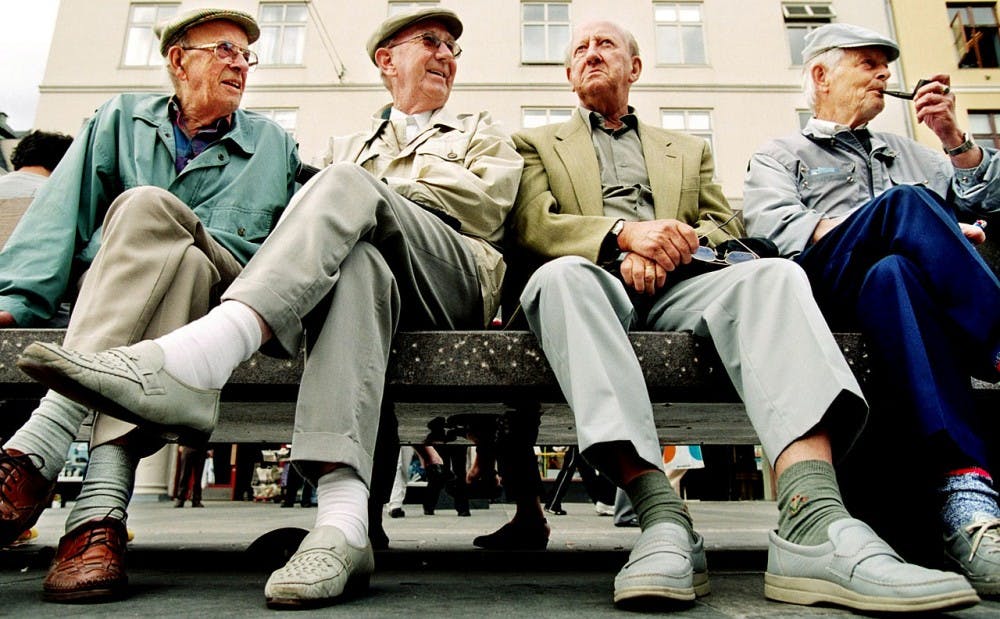A recent study found that during the last 200 years, the human race has seen its biggest life expectancy boost in primate history.
Professor of Biology Susan Alberts co-authored the study, which showed that advances in medicine and public health have decreased infant and child mortality to result in longer lifespans—but men still lag behind women in life expectancy. The research team found that females outlive males in every population of wild primates studied, with the male disadvantage having deep evolutionary roots.
“Industrialized humans in the 21st century are more different in their lifespan from 18th century Europeans and hunter-gatherers than those 18th century Europeans and hunter-gatherers are from non-human primates," Alberts wrote in an email. "We have come an astonishingly long way in lifespan in the past few hundred years.”
The research team—which included scientists from Germany, Denmark, Kenya and Canada—compiled birth and death records for more than a million people around the world, ranging from the 18th century to the present. They then combined this information with data about the lifespans of six species of wild primates including lemurs, monkeys, baboons, chimpanzees and gorillas, which have been studied for the past several decades.
“The data sets are precious and irreplaceable,” Alberts wrote.
In the non-human primates studied, there were no significant changes in life expectancy. However, the research indicated that humans are making faster gains in life expectancy than ever before in primate history.
The study also showed that the male-female gap in life expectancy was consistent throughout human history, which Alberts said was surprising. For instance, females in Sweden in the early 1800s would typically outlive their male counterparts by three or four years. Now, even though the life expectancy for people in Sweden has increased by 45 years, the gap is still similar.
The male-female gap in life expectancy held true for all non-human wild primate populations that the researchers examined. Not only did females outlive their male counterparts, but improvements in male life expectancy were not as evenly spread as the improvements among females.
The study's authors noted several hypotheses for the gap. Some said that the presence of a second X chromosome in females may be a factor. Others proposed that gender differences in tendencies to engage in risky behaviors could contribute to the difference.
As for the other trends, further research—including longitudinal studies of several populations of primates—would be required in order to generalize the patterns applicable to humans to other primates, Alberts said.
Alberts noted the significance of studying not just humans, but also primates and apes.
“Humans in a totally natural context—with no modern medicine, no agriculture, limited technology—cluster very much with other primates [in aging patterns]," she wrote.
Get The Chronicle straight to your inbox
Signup for our weekly newsletter. Cancel at any time.

